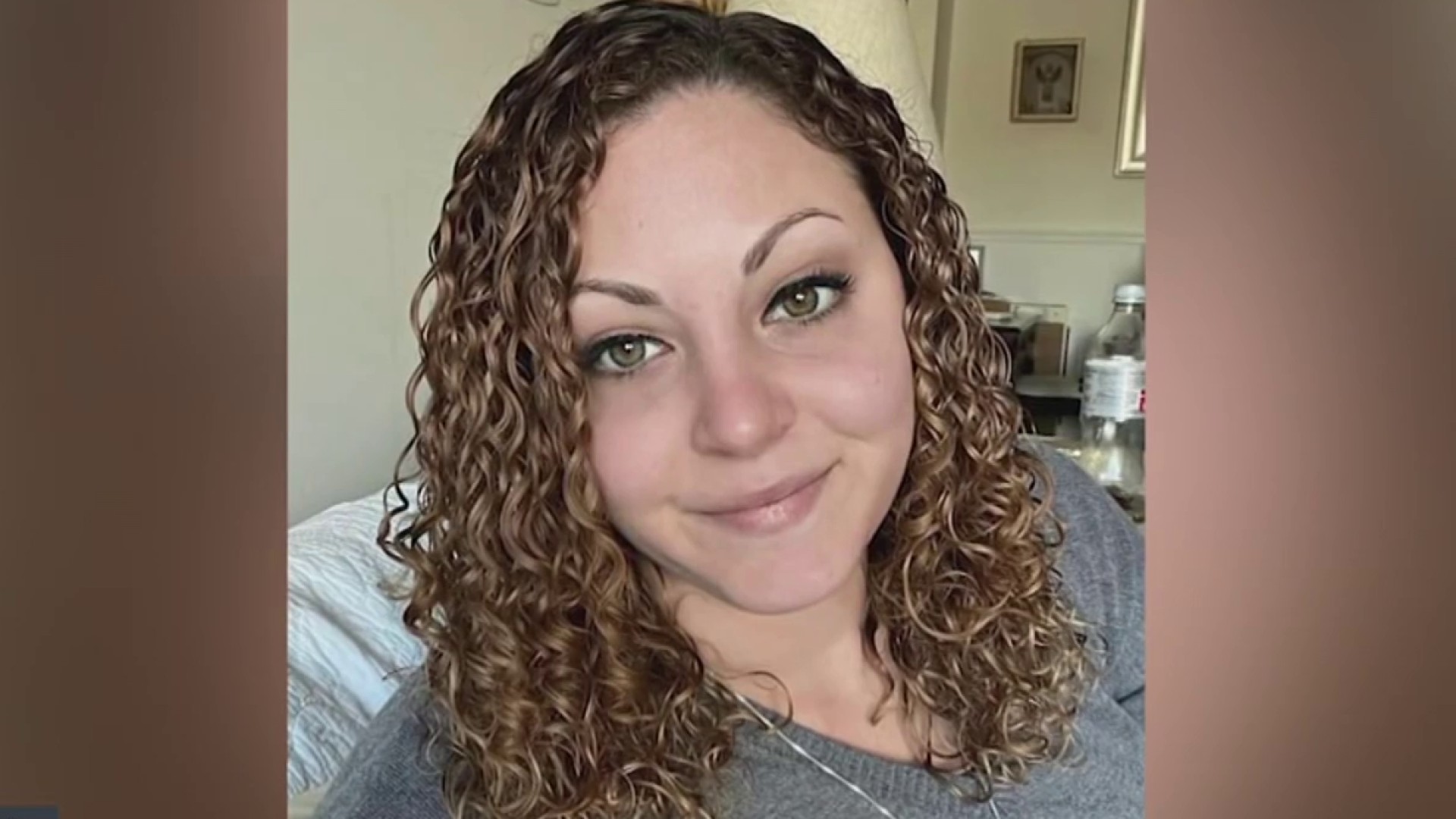Agencies around the District are zeroing in on nutrition while trying to keep people fed.
The Capital Area Food Bank makes sure half the food it distributes is fruit and vegetables, whether frozen, canned or “fresh when it makes sense,” said Marian Barton-Peele, senior director of partner relations, citing studies that say the difference between fresh and frozen is narrow.
The food bank offers grants to help partner agencies distribute more fruits and vegetables by getting refrigeration systems.
They also teach partners how to provide nutrition education, including cooking lessons and sampling in their demo kitchen.
“If we get something great, but the population is unfamiliar with it,” it’s pointless, Barton-Peele said. “We delivered a truck fully loaded, but half of it was eggplant. The driver came back. They wouldn’t accept it because they didn’t know what it was.”
Now the food bank offers recipe cards based on what’s in their warehouse. Recent examples include peach crumble, white bean salad, lentil curry, and eggplant with sausage.
Sometimes they have to find new solutions to shortages, though. The Capital Area Food Bank has a single registered dietitian for all 700 of their agencies. So they train health ambassadors. “Ambassadors are a way of replicating her,” Barton-Peele said.
Local
Washington, D.C., Maryland and Virginia local news, events and information
Bread for the City, a non-profit that provides food, clothing and help with social services, is zeroing in on nutrition by growing their own produce these days. The group has two rooftop gardens in the District and planted an orchard in Beltsville, Md., last year that’s expected to yield 40,000 pounds of produce in 2014, said Sharon Feuer Gruber, nutrition initiative advisor.
Often, though, people want to eat healthy foods, but can’t afford them or don’t even have access to them, particularly east of the Anacostia River. A search for “grocery stores in Anacostia,” for instance, yields a single result – for the Anacostia Warehouse Supermarket, which closed last fall.
"A lot of times if they are able to get food, it’s cheap – high fat, high carbs,” said Alicia Horton of Thrive D.C.
Corner stores, selling a variety of convenience foods, tend to cost more and have fewer healthy options.
“A common perception is that people in poor neighborhoods don't want to buy healthy food; that's not true,” said Alex Moore, director of development and communication at D.C. Central Kitchen.
The Healthy Corners program is helping local shops offer fresh foods to customers. Shop owners receive refrigeration units and provides them with three months of free produce. If the owners opt in, they can purchase produce at wholesale prices, keeping costs for customers down.
Daniel Mezmur, who owns the MLK Mini Market at 3333 Martin Luther King Jr. Blvd. SE, said he doesn’t make much on the program but is glad to provide it for his customers.
“Some of them do all their shopping here – milk, dairy, meat. Some just grab one or two things and go,” he said.
It’s not reminiscent of a supermarket though, with row after row of options. The store has a small table-top refrigeration unit for perishables (green peppers, cucumbers, tomatoes) and several baskets of hardier stock (onions, potatoes, bananas, trail mix).
By Wednesday, they were more than half empty. Produce is delivered Mondays and sells fast, Mezmur said.
“The price is very low. We just want to introduce the fresh foods,” he said.
This report was produced as part of a collaboration with InPlainSight.NBCNews.com, TheGrio.com,NBCLatino.com, MSNBC.com, and NBC's owned television stations.



